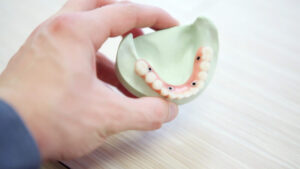
Tartar And Plaque:Remove Methods Without A Dentist
Tartar and plaque, known as dental calculus, form on teeth when plaque accumulates and starts to harden. Not only is tartar visually unappealing, but it
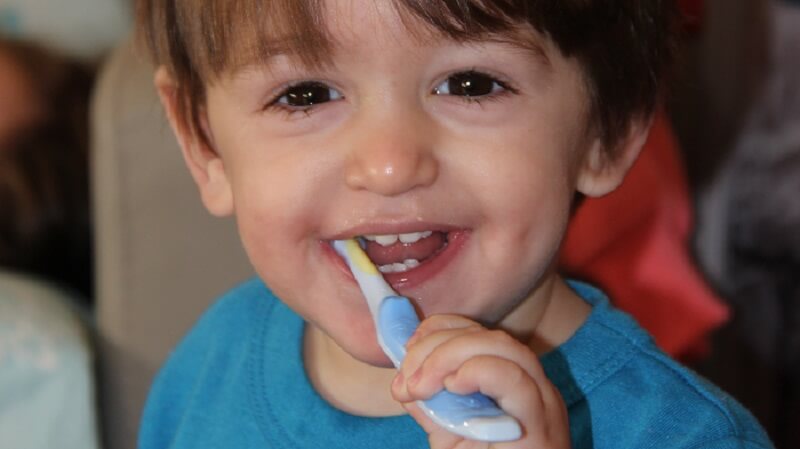
Got a kids toothbrush that’s seen better days? It’s more than a tool for battling cavities – it’s a key player in your child’s overall health.
This guide is your secret weapon, arming you with 10 must-know steps to keep those bristles clean and your kiddo’s smile sparkling.
A toothbrush might seem like just another tool, but in reality, it’s a frontline defender in the battle against microscopic invaders.
Each time your child brushes, they’re not just fighting cavities; they’re also potentially gathering bacteria on their toothbrush.
Regular cleaning is essential to ensure these bacteria don’t linger and lead to health issues.
It’s about fostering a sense of responsibility in your child, teaching them that taking care of their belongings, especially those related to health, is a crucial life skill.
This practice not only maintains oral hygiene but also ingrains the importance of cleanliness in your child’s daily routine.
Here are 10 steps for cleaning a kid toothbrush:
The journey to find the ideal toothbrush should be fun and educational. Guide your child through the selection process, pointing out the different types and explaining why some are better than others.
A toothbrush with soft bristles is kind to their gums and effective at removing plaque.
The handle should be easy for them to hold, making brushing an effortless task. This process of choosing the right toothbrush empowers your child, giving them a sense of control and pride in their oral health care routine.
Storing a toothbrush properly is as crucial as using it correctly.
A toothbrush left in a damp, enclosed space can become a haven for bacteria.
Instruct your child to store their toothbrush in an open area, ideally in a holder that keeps it separate from others.
This not only minimizes the risk of germ transfer but also teaches your child about the importance of personal space and hygiene.
A toothbrush sanitizer holder is an excellent addition to your child’s oral care arsenal. It’s a fun, effective way to ensure their toothbrush remains germ-free.
These holders often use advanced technology like UV light to kill bacteria, making them a great educational tool as well.
Teach your child how it works and why it’s important, turning a routine task into a fascinating science lesson.
Rinsing a toothbrush thoroughly ensures that your child’s toothbrush is ready for its next use. It’s a simple yet vital step in maintaining oral hygiene.
Encourage your child to make a habit of this, emphasizing the importance of removing all toothpaste and debris.
This routine not only keeps their toothbrush clean but also reinforces the value of thoroughness in all aspects of life.
Regularly replacing a toothbrush is a lesson in renewal and maintenance.
Explain to your child why it’s necessary to change their toothbrush every few months.
Discuss how worn bristles can be less effective at cleaning teeth and how a fresh toothbrush can make a big difference in their oral health.
Teaching your child not to share their toothbrush with others is an important lesson in personal hygiene and boundaries.
It helps them understand that some things are meant to be used by one person only, for health and safety reasons.
This understanding is crucial in developing respect for personal space and the health of others.
Allowing a toothbrush to air dry naturally is the best way to ensure it stays free from bacteria and other contaminants.
Encourage your child to shake off excess water and place their toothbrush in an upright position in a well-ventilated area.
This step is simple yet effective in teaching them about the importance of proper care and maintenance of their belongings.
Deep cleaning a toothbrush is like giving it a new lease on life. It’s a fun and practical way to teach your child about the importance of cleanliness beyond the surface.
This routine can be an exciting activity, especially if you turn it into a science experiment, explaining how the cleaning solution works to kill bacteria.
Education is the key to lifelong healthy habits.
Make learning about toothbrush hygiene a fun and interactive experience. Use creative ways to impart knowledge, such as storytelling, drawing, or playing games.
When children understand the reasons behind actions, they are more likely to embrace and stick to good habits.
Embarking on this journey of toothbrush care with your child is about more than just oral hygiene. It’s a series of valuable life lessons wrapped up in a fun, engaging package.
By guiding them through each of these ten steps, you’re not just ensuring their mouth stays healthy; you’re also helping them develop good habits that will last a lifetime.
The journey of a thousand smiles begins with a single brush, and you’re setting them up for success, one toothbrush at a time.
How often should I replace my child’s toothbrush?
Answer: Pediatric dental experts recommend replacing your child’s toothbrush every three to four months. However, if the bristles become frayed or if your child has been sick, it’s best to replace the toothbrush sooner to ensure effective cleaning and prevent the spread of germs.
What’s the best way to store my child’s toothbrush to avoid bacteria?
Answer: The ideal way to store a child’s toothbrush is in an upright position, preferably in a toothbrush holder, away from the toilet and sink to minimize exposure to airborne particles. Make sure it’s stored in a well-ventilated area to allow it to air dry thoroughly between uses.
Can I just rinse my child’s toothbrush with water, or do I need to use a special cleaner?
Answer: Rinsing the toothbrush thoroughly under running water after each use is essential. However, for periodic deep cleaning, soaking the toothbrush head in an antibacterial solution, like a mild vinegar solution or an antibacterial mouthwash, can help eliminate stubborn germs.
How does a UV toothbrush sanitizer work?
Answer: A UV toothbrush sanitizer works by using ultraviolet (UV) light to kill bacteria and viruses.
When you place the toothbrush in the sanitizer, UV light is emitted, which penetrates the cell walls of the microbes, disrupting their DNA and effectively killing them.
This process ensures that the toothbrush is not just clean, but also sanitized from potentially harmful microorganisms.
Is it okay for siblings to share a toothbrush holder, or should they have separate ones?
Answer: While it’s okay for siblings to share a toothbrush holder, it’s important to ensure that the toothbrushes do not touch each other to prevent cross-contamination. If possible, providing each child with their own holder is a better option to completely eliminate the risk of spreading germs between toothbrushes.


Tartar and plaque, known as dental calculus, form on teeth when plaque accumulates and starts to harden. Not only is tartar visually unappealing, but it
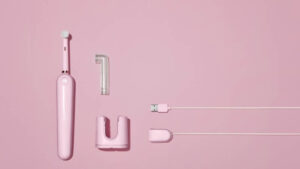
We are often contacted by customers complaining about a Sonicare toothbrush not charging. A charging issue is a common problem and can sometimes be misdiagnosed

Opting for an electric toothbrush for sensitive teeth can help alleviate discomfort and further protect against gum recession. But which model is ideal for those
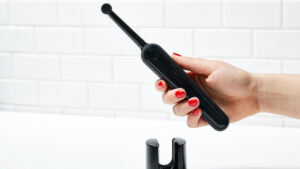
Have you learned how to use an electric toothbrush? It’s crucial to know not just for electricity but for any toothbrush type. Even though electric
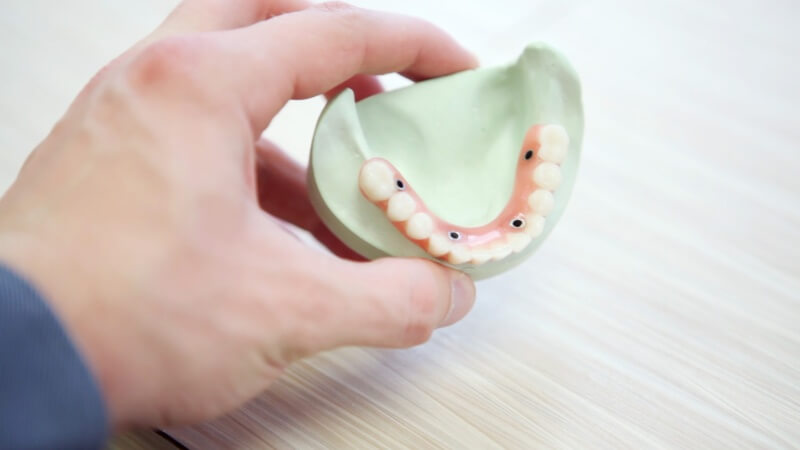
Tartar and plaque, known as dental calculus, form on teeth when plaque accumulates and starts to harden. Not only is tartar visually unappealing, but it
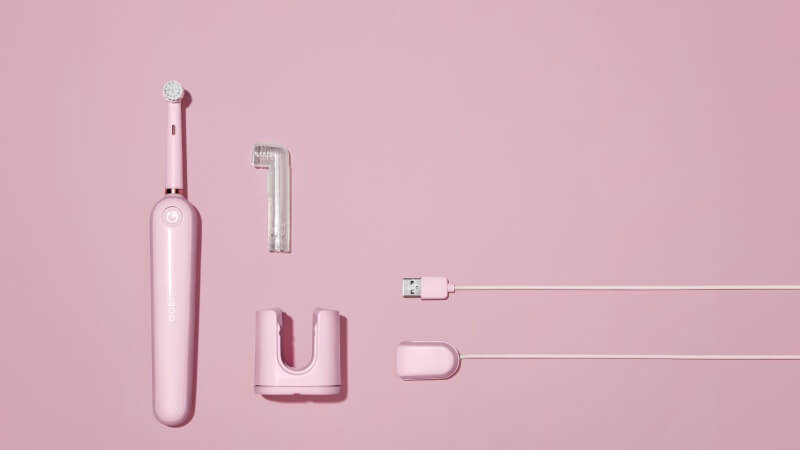
We are often contacted by customers complaining about a Sonicare toothbrush not charging. A charging issue is a common problem and can sometimes be misdiagnosed
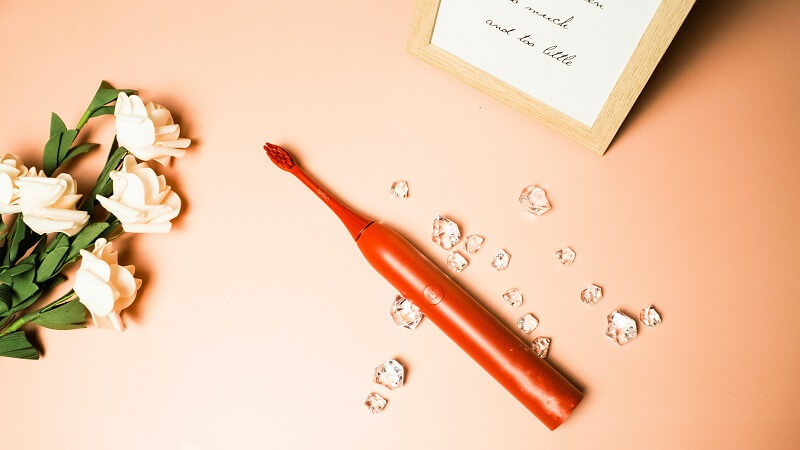
Opting for an electric toothbrush for sensitive teeth can help alleviate discomfort and further protect against gum recession. But which model is ideal for those
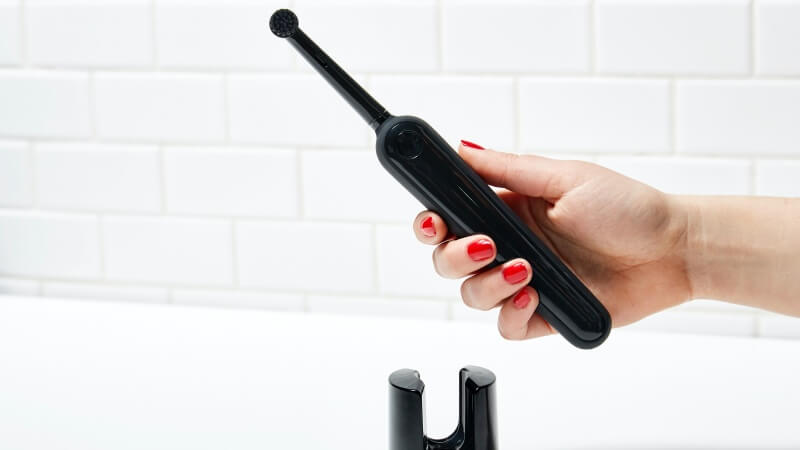
Have you learned how to use an electric toothbrush? It’s crucial to know not just for electricity but for any toothbrush type. Even though electric
Copyright © 2025 toothbrushsanitizerholder. All Rights Reserved.